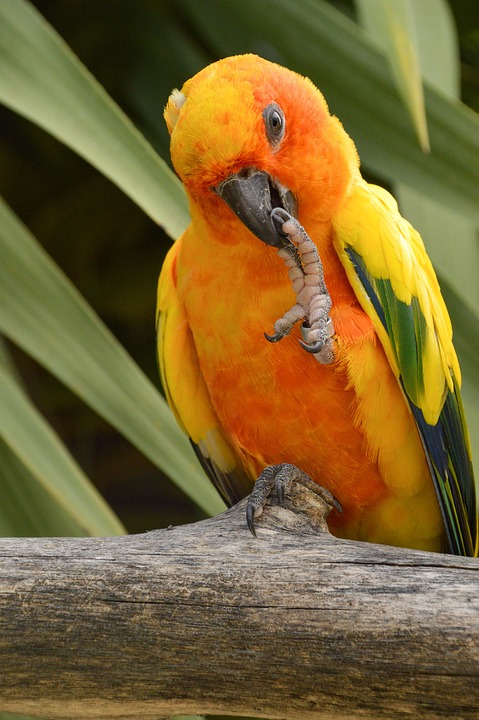Parrots are intelligent and social creatures that thrive on mental stimulation and interaction. While training sessions play a vital role in shaping desirable behaviors, it is equally important to discourage parrots from engaging in unwanted behaviors outside of these sessions. By implementing effective strategies and understanding their motivations, parrot owners can create a harmonious environment that fosters positive behavior. In this article, we will explore practical techniques and tips to discourage parrots from engaging in unwanted behaviors outside training sessions.
Before diving into the methods of discouraging unwanted behaviors, it’s crucial to understand the underlying motivations behind them. Parrots engage in unwanted behaviors for various reasons, including boredom, seeking attention, or expressing frustration. Identifying the root cause of these behaviors will help in addressing them effectively.
One of the primary reasons for parrots exhibiting unwanted behaviors is boredom. Providing an enriching environment not only keeps them mentally stimulated but also reduces the likelihood of undesirable actions. Consider the following techniques:
1. Mental Stimulation: Offer a variety of toys, puzzles, and foraging activities to keep your parrot engaged. Rotate these regularly to maintain novelty and prevent boredom.
2. Environmental Enrichment: Provide perches of different textures, sizes, and heights to simulate their natural habitat. Adding branches, swings, and ladders will encourage physical exercise and prevent destructive behaviors.
3. Social Interaction: Parrots are highly social creatures and require regular interaction with their human companions. Spend quality time with your parrot, engage in conversations, and provide positive reinforcement for desired behaviors.
While training sessions are essential, reinforcing positive behavior outside of these sessions plays a crucial role in discouraging unwanted behaviors. Employ the following techniques to reinforce positive behavior consistently:
1. Reward-Based Training: Utilize positive reinforcement techniques, such as clicker training or offering small treats, to reward desired behaviors. Consistency and immediate rewards are key to reinforcing positive actions.
2. Redirecting Behaviors: Instead of scolding or punishing your parrot for unwanted behaviors, redirect their attention to an alternative, acceptable behavior. For example, if your parrot starts chewing on furniture, offer a chew toy as a distraction.
3. Consistency: Ensure that all family members follow the same training and reinforcement techniques. Consistency in expectations and rewards will help your parrot understand the desired behaviors more effectively.
Here are some frequently asked questions about discouraging unwanted behaviors in parrots:
Q1: My parrot screams excessively outside training sessions. How can I discourage this behavior?
A: Excessive screaming often indicates a parrot’s need for attention or stimulation. Ensure your parrot’s environment is enriched with toys, rotate them regularly, and spend quality time engaging with your parrot to prevent boredom and reduce excessive vocalization.
Q2: My parrot engages in destructive chewing. How can I redirect this behavior?
A: Parrots have a natural instinct to chew, which can be redirected to appropriate items. Offer a variety of chew toys and provide positive reinforcement when your parrot chooses to chew on them instead of household objects. Consistency and patience are key to redirecting this behavior successfully.
Q3: How can I discourage my parrot from biting?
A: Biting is often a parrot’s response to fear, stress, or a lack of trust. Focus on building a positive bond with your parrot through trust-building exercises, consistent training, and understanding their body language to avoid triggers that may lead to biting. Seek professional advice if the biting behavior persists.
In conclusion, discouraging unwanted behaviors in parrots outside of training sessions requires an understanding of their motivations and providing an enriching environment. By implementing positive reinforcement techniques, redirecting behaviors, and consistently engaging with your parrot, you can create a harmonious living space that fosters desirable behaviors. Remember, patience, consistency, and understanding are essential elements in shaping your parrot’s behavior positively.









